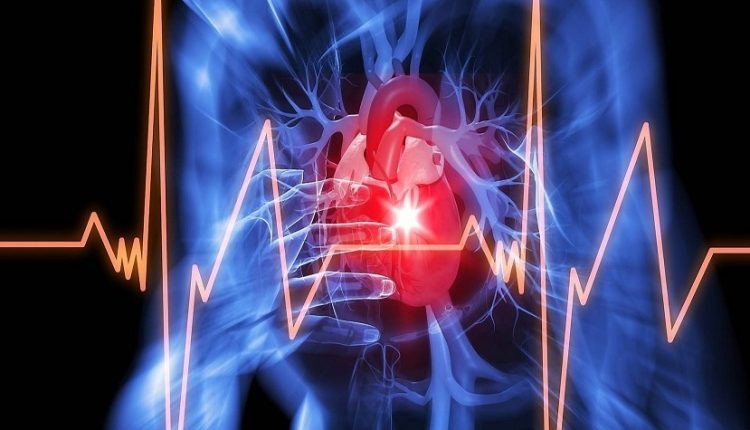
Parkinson's disease: symptoms, diagnosis and treatment
Parkinson’s disease is the most common movement disorder. Males are affected 1.5 times more than females: the neurons, due to a drop in dopamine levels in a particular area of the brain, undergo slow but progressive neurodegeneration
It is also the most common neurodegenerative disease after Alzheimer’s.
Although it generally affects the over-65s, early cases – around the age of 40 – are on the increase.
What is Parkinson’s disease
Parkinson’s disease is a common neurological condition whose incidence increases with age and is the most common of the ‘movement disorders’.
Parkinson’s occurs when the production of dopamine in the brain drops considerably due to the degeneration of neurons in an area called ‘black matter’.
Accumulations of alpha-synuclein, a protein thought to be potentially responsible for spreading the disease throughout the brain, then begin to appear from the marrow to the brain.
One of the characteristics of the disease is the slow and gradual onset of symptoms, which means that they are not noticed by the patient and family for a long time.
Symptoms occur when the black substance has lost about 60% of dopaminergic neurons and the residual dopamine is 80% of normal.
Parkinson’s disease: what are the symptoms?
Symptoms associated with Parkinson’s disease include:
- tremor at rest
- rigidity;
- bradykinesia (slowness of automatic movements);
- postural instability (loss of balance, which can manifest itself in awkward gait and hunched posture);
- depression;
- slowness of speech.
What are the causes of Parkinson’s disease?
The causes of Parkinson’s disease are not completely known.
What is certain, however, is that it is a disease of multifactorial origin, in which environmental and genetic components interact.
Possible causes include mutations in specific genes (in about 20% of cases, Parkinson’s disease occurs in patients with a positive family history of the disease), brain lesions, infections, exposure to toxic substances such as hydrocarbon solvents and pesticides, and heavy metals (iron, zinc, copper).
Can Parkinson’s disease be prevented?
To date, unfortunately, there are no substances or drugs that can prevent Parkinson’s disease.
However, leading an active life and eating a diet that is beneficial to the nervous system can help prevent the development of neurodegenerative diseases, including Parkinson’s.
The diet should include vegetables, especially green leafy ones, fruit, whole grains, legumes, nuts, especially walnuts which have the best ratio of omega-3 to omega-6, fish, white meat, eggs and extra virgin olive oil – all foods with a possible neuroprotective effect.
Many of these foods, particularly vegetables, fruit and whole grains, contain polyphenols, powerful activators of human genes, involved in the synthesis of antioxidant enzymes, modulation of anti-inflammatory pathways and switching on anti-ageing genes, as well as being key factors in maintaining a healthy gut microbiota, as the close gut-brain relationship is now known.
Parkinson’s disease: what tests to do for diagnosis
The clinical diagnosis is made by assessing various aspects and by specific tests. Important are therefore
- the patient’s clinical and family history
- evaluation of neurological symptoms and signs,
With regard to instrumental examinations, the specialist may require:
- High-field nuclear magnetic resonance;
- SPECT DATscan;
- brain PET scan;
- myocardial scintigraphy
- Neurophysiological tests of the autonomic nervous system.
How is Parkinson’s disease treated?
To date, there is no cure for this disease, but drug treatment, surgery and multidisciplinary management can provide relief from symptoms.
The main drugs include levodopa (usually in combination with a dopa-decarboxylase inhibitor and a COMT inhibitor), dopamine agonists and MAO-B (monoamine oxidase inhibitor) inhibitors.
Read Also:
Emergency Live Even More…Live: Download The New Free App Of Your Newspaper For IOS And Android
Dementia, Hypertension Linked To COVID-19 In Parkinson’s Disease
Relationship Between Parkinson’s And Covid: The Italian Society Of Neurology Provides Clarity



